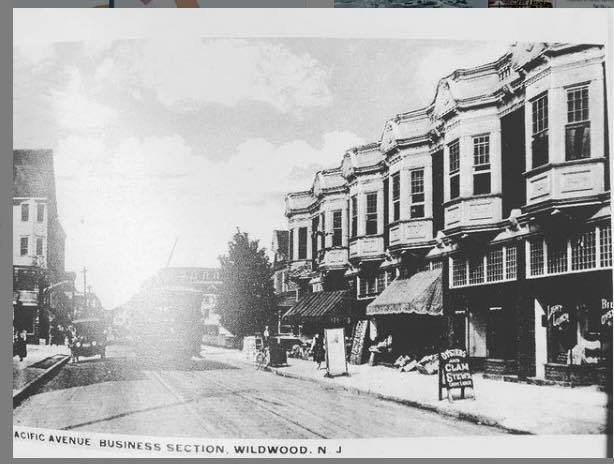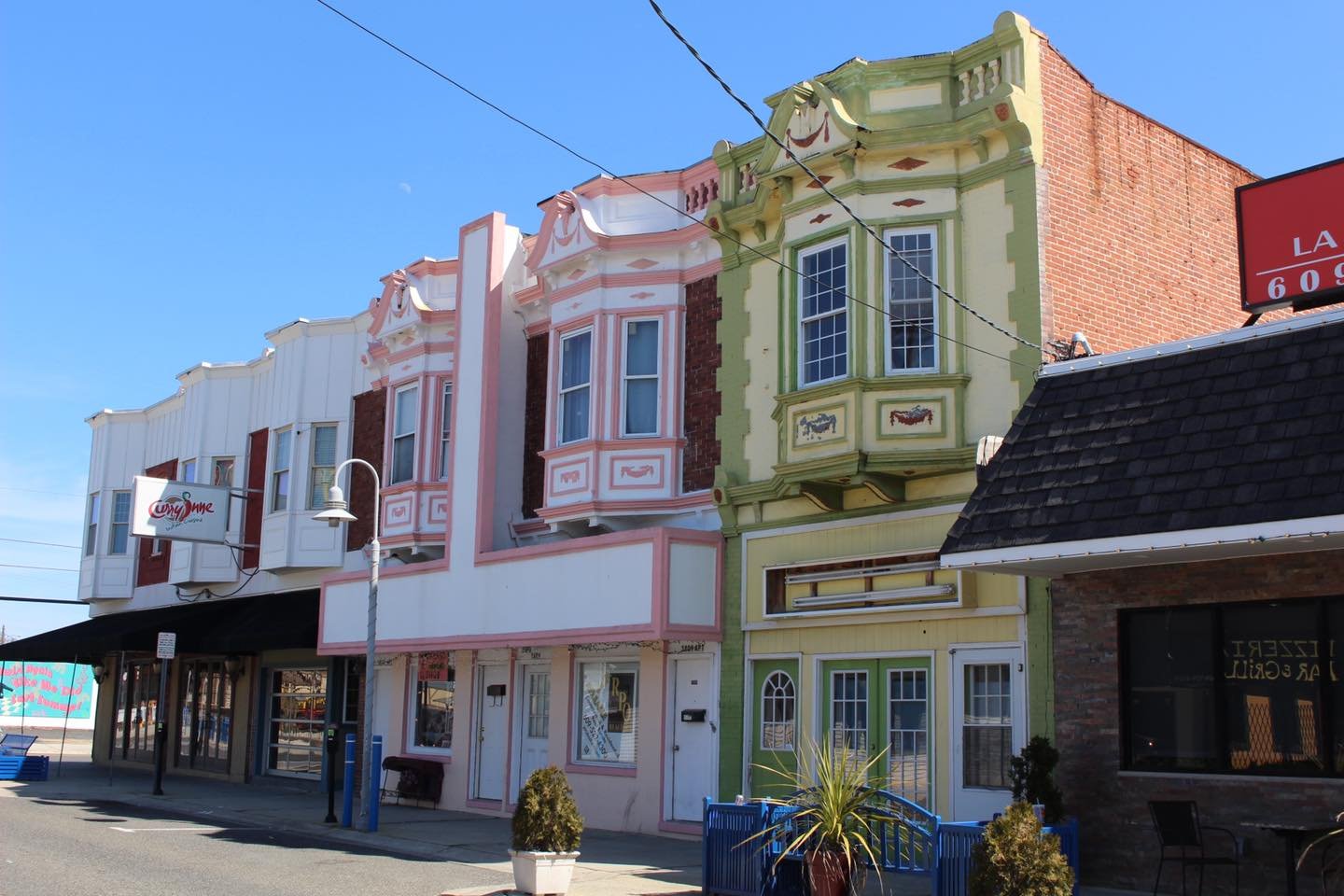Correcting Common Misconceptions About Historic Preservation
Most people when they hear the words “historic preservation” conjure up visions of streets lined with brick Williamsburg-style buildings, Victorian gingerbread, or Doo Wop style signs and railings. Historic Preservation is more than that.
Preservation is all about the past: There is a misconception that preservationists are strident devotees of the past who resist any and all changes. Actually, preservation is quite future-oriented because there is strong focus on modifying buildings for future use. Only a small percentage of historic buildings are restored. Most are adaptable and easily repurposed.
Adaptive reuse is the process of repurposing buildings that have outlived their original purposes for different uses or functions while at the same time retaining their historic features. This process benefits the environment by conserving materials and natural resources (Does vinyl siding have the strength and quality of old brick?). It also helps to maintain a community identity. As examples, Heckendorn Shiles Architects converted the Ambler Boiler House, a power-generating station in Pennsylvania, into a modern office building. Mills and factories throughout New England, especially in Lowell, Massachusetts, are being turned into housing complexes.
Preservation freezes buildings in time: Preservation projects are flexible, allowing architects and developers to preserve what is unique and irreplaceable while bringing a building up to modern safety or accessibility standards. For example, adding modern earthquake protections to buildings on the West Coast or providing buffers against flooding in high-risk areas.
Preservation is only for the rich and elite, and for high-style buildings: Historic preservation isn’t about house museums anymore. Today’s preservation movement is increasingly diverse focusing not just on architectural landmarks, but on more modest sites of social and cultural significance.
Historic Preservation is not about stopping change and is certainly not about squeezing out creative and exciting new development and architecture. Preservation allows us to retain the best of shared heritage to preserve or adapt sites of unique quality and beauty, revitalize neighborhoods, spur economic revitalization and quite simply, create better communities.
To join to our FREE email notification list, click here.


